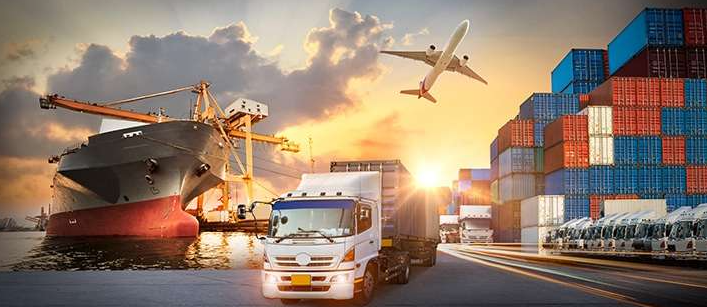
Happy New Year!
As an Amazon FBA seller, expanding your business globally is an exhilarating step. It opens up new markets, brings in a diverse customer base, and can significantly boost your sales. However, it also introduces the complexities of international shipping.
Understanding and effectively managing this aspect is crucial for a smooth global expansion. Here, we delve into practical tips to help you navigate the waters of international shipping as you take your Amazon FBA business to a global audience.
Understanding the Basics
Before you dive into international markets, it’s essential to grasp the fundamentals of international shipping. This includes understanding customs duties, import taxes, shipping regulations, and documentation requirements of different countries. Each country has its unique set of rules and regulations, and being well-versed with these is critical to avoid any legal pitfalls or unnecessary delays.
Choosing the Right Markets
Not all markets are created equal, and what sells like hotcakes in one country might not even get a second glance in another. Conduct thorough market research to identify countries where there is a demand for your products. Look into customer preferences, buying habits, and cultural nuances that might affect sales. Tools like Amazon’s Global Selling can provide insights into potential markets.
Streamlining Logistics
Once you’ve identified your target markets, the next step is to streamline your logistics. This involves selecting the right international shipping services, understanding shipping costs, and timeframes. Collaborate with reliable logistics partners who have experience in international shipping and can offer competitive rates. Remember, shipping costs and delivery times can significantly impact customer satisfaction, so choose wisely.
Navigating Customs Efficiently
One of the trickiest parts of international shipping is dealing with customs. Each country has its own set of rules regarding what can be imported, documentation required, and the duties and taxes levied. Missteps here can lead to delays, extra costs, or even having your shipments rejected. Ensure you have all the necessary documentation, and consider hiring a customs broker or agent to help navigate this complex process.
Leveraging Amazon’s International Fulfillment Options
Amazon offers several options to help sellers expand internationally, such as Fulfillment by Amazon (FBA) Export and the European Fulfillment Network (EFN). These services can take a lot of the guesswork out of international logistics, handling storage, shipping, and customer service. However, do your homework to understand the costs involved and how these services align with your business model.
Managing Inventory Across Borders
Effectively managing your inventory across international borders is critical. This includes understanding the lead times for restocking, seasonal variations in different markets, and the storage costs in Amazon’s international fulfillment centers. Efficient inventory management can help avoid stockouts or overstocking, both of which can eat into your profits.
Adapting Your Listings for International Markets
Your product listings should resonate with your new international audience. This might involve translating and localizing your content to suit different languages and cultural contexts. Additionally, consider the SEO strategies for each specific Amazon marketplace to ensure your products rank well in search results.
Providing Excellent Customer Service
Offering stellar customer service is vital, regardless of geographic boundaries. Be prepared to handle customer inquiries, returns, and refunds in different languages and time zones. Consider using Amazon’s customer service options or hiring multilingual customer service representatives to maintain high satisfaction levels.
Continuous Learning and Adaptation
Finally, expanding internationally is a continuous learning process. Stay updated on changes in international trade regulations, market trends, and shipping innovations. Be ready to adapt your strategies as you learn what works best in each market.
Conclusion
Expanding your Amazon FBA business internationally can be a game-changer, but it comes with its own set of challenges, primarily in managing international shipping. By understanding the basics, choosing the right markets, streamlining logistics, efficiently navigating customs, and adapting to local markets, you can set the stage for a successful global expansion. Remember, it’s a journey of continuous learning and adaptation, but with the right approach, the world is indeed your oyster.
